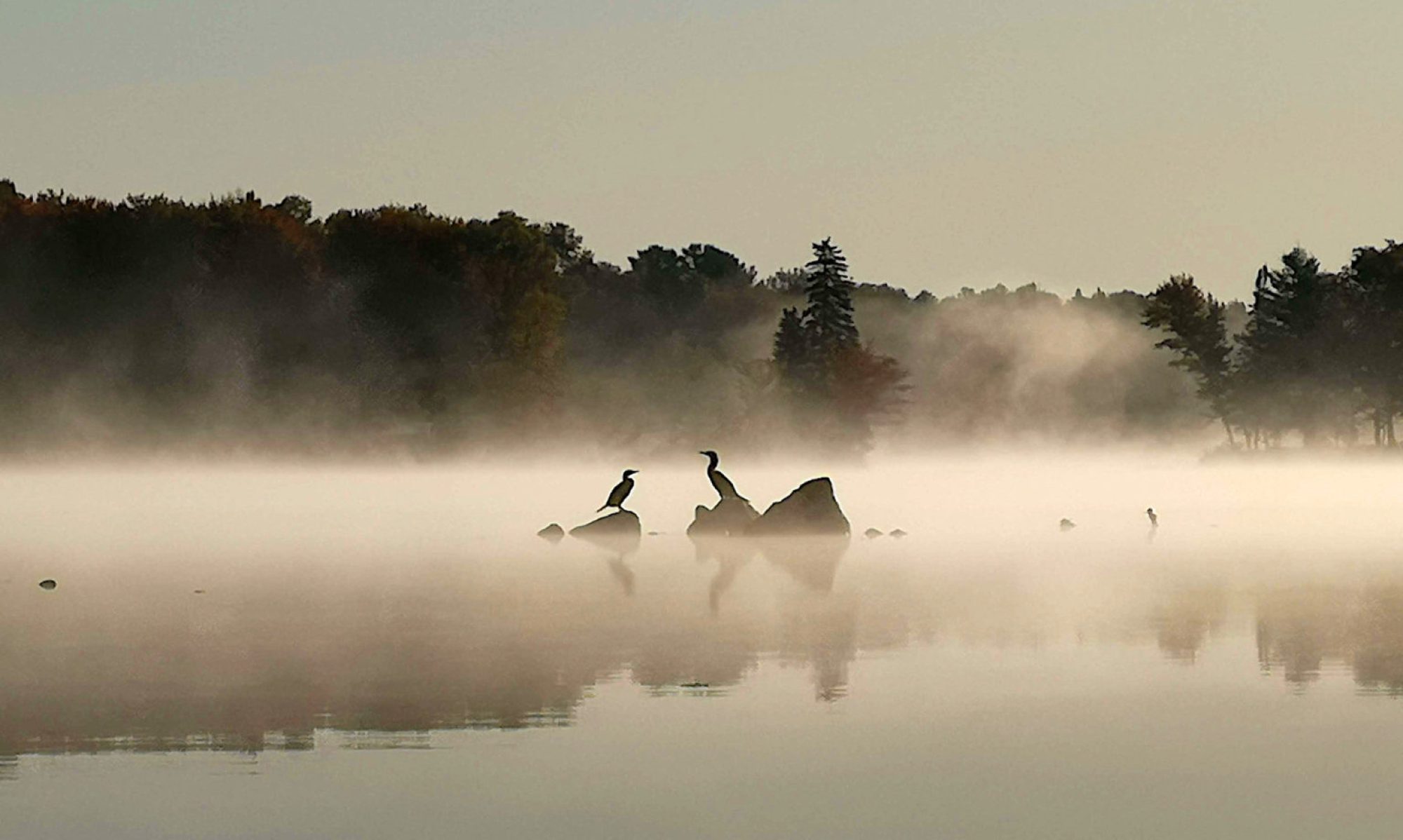
From Mike Baker in the New York Times: “As he navigated one day last fall through a crowded grid of beds at one of Oregon’s largest homeless shelters, Steve Martin, a longtime rancher and community volunteer, was brought to a halt by a familiar voice that called out from an unfamiliar face. “Aren’t you going to say, ‘Hi,’ Steve?” said the man, with eyes peering through curtains of white hair and a beard that flared in neglected disarray. Mr. Martin, who spent many of his days working among the shelter’s residents, considered the man’s gaunt frame. Then the man spoke again: “It’s Craig.” The words jolted Mr. Martin with a mix of recognition and disbelief. He had known Craig Coyner for more than 50 years, watching with admiration as the man from one of the most prominent families in Bend, Ore., rose through an acclaimed career — as a prosecutor, a defense lawyer and then a mayor who helped turn the town into one of the nation’s fastest-growing cities.”
A true crime love story, with a twist

Jeff Maysh writes: “Donna settled into Robert’s apartment and her new life in a chilly new city. Portland was two hundred times more populous than her small hometown, and overwhelmed by people living on the streets. She was nervous around strangers, even the pumpjackers who filled her car (Oregon law prohibits people from pumping their own gas). Robert was her savior. When he drove Donna through the city he pointed out the dangerous spots where drug deals go down. He wore regular clothes, but his silver Dodge Charger had blue and red lights concealed in the grilles. When traffic snarled in Old Town, he gave his siren a whup, and the sea of cars magically parted. Robert was a gentleman who always held open the car door, the polar opposite of her husband. His gold D.E.A. badge glistened on his hip. Soon, she was falling in love.”
Note: This is a version of my personal newsletter, which I send out via Ghost, the open-source publishing platform. You can see other issues and sign up here.
The woman who stole victory in the Boston Marathon

Ryan Fan writes: “Making international headlines right now is Scottish ultramarathoner, Joasia Zakrzewski, facing calls for a lifetime ban for cutting the course in an ultramarathon from Manchester to Liverpool. In the 1980 Boston Marathon, Canadian Jacqueline Gareau was unexpectedly dominating the Boston Marathon’s women’s race. She wasn’t even allowed to start at the front of the race with the elites because she was a relative nobody, but the 27-year-old hospital worker looked like a decisive victor by mile 18. But Gareau did not win. Someone even more unknown, Rosie Ruiz, “won” the Boston Marathon after cutting the course and only running the last half mile of the race. Ruiz ran a time that was the fastest ever for a female runner in the Boston Marathon, and also the third fastest for a woman ever — she apparently finished in 2 hours, 31 minutes, and 56 seconds.”
The epidemic that wound up saving the lives of thousands of Jews

Dan Lewis writes at Now I Know: “Typhus is a bacterial-borne disease which is transmitted by flea, tick, and mite bites. It can be fatal if untreated but, thankfully, in almost all cases antibiotics are effective. And by today’s standards, it’s rare; an understanding of the disease has led us to control pest populations better while emphasizing personal hygiene, limiting the ability for the bacteria to spread. But go back to World War II and that wasn’t the case. Typhus wasn’t as treatable and less sanitary conditions led to more epidemics. To keep the disease from spreading throughout military units, Nazi Germany policy required that soldiers avoid those afflicted. And because of this, thousands of Jewish lives were able to be saved — with the help of a little medical misdirection.”
Glass is neither a solid nor a liquid but something in between

From Katy Kelleher at Nautilus: “Glass is a funny material, partially because the word itself is a general term, one that refers not to a specific chemical formula but a substance that can be manufactured according to an endless number of recipes. Yet when we say “glass,” we understand it to mean something quite specific: It’s a type of material that is hard and brittle yet capable of being turned viscous and mobile with enough heat. Sometimes glass is erroneously characterized as a liquid, because even in its cooled form, it does move (albeit very slowly). Glass is not solid like rocks are solid because its molecules aren’t as rigidly organized as any material with a crystalline structure. In materials science, glass is typically considered an “amorphous solid” or as John C. Mauro puts it, glass is a “nonbinary material,” neither liquid nor solid.”
In the Faroe Islands, Google Street View became Google Sheep View

Dan Lewis writes at Now I Know: “The Faroe Islands are an archipelago north-northwest of the British Isles and southeast of Iceland. There are 18 large islands which, collectively, are home to about 50,000 people, and as you can imagine, it’s rather rural — there are a lot of little villages and not a lot of roads connecting them. It’s not a place where the Street View car can easily go, and it’s also not a place that Google believes was a high priority for such mapping anyway. And that didn’t sit well with the islands’ tourism board. So they decided to take matters into their own hands — or, more accurately, onto the backs of some livestock. The Faroe Islands are home to more sheep than people, with roughly 80,000 Faroese sheep running around the archipelago. That provided the tourism board with the opportunity she needed to get the Street View data for Google.”

@mathewi why does the story just stop and switch to another story?